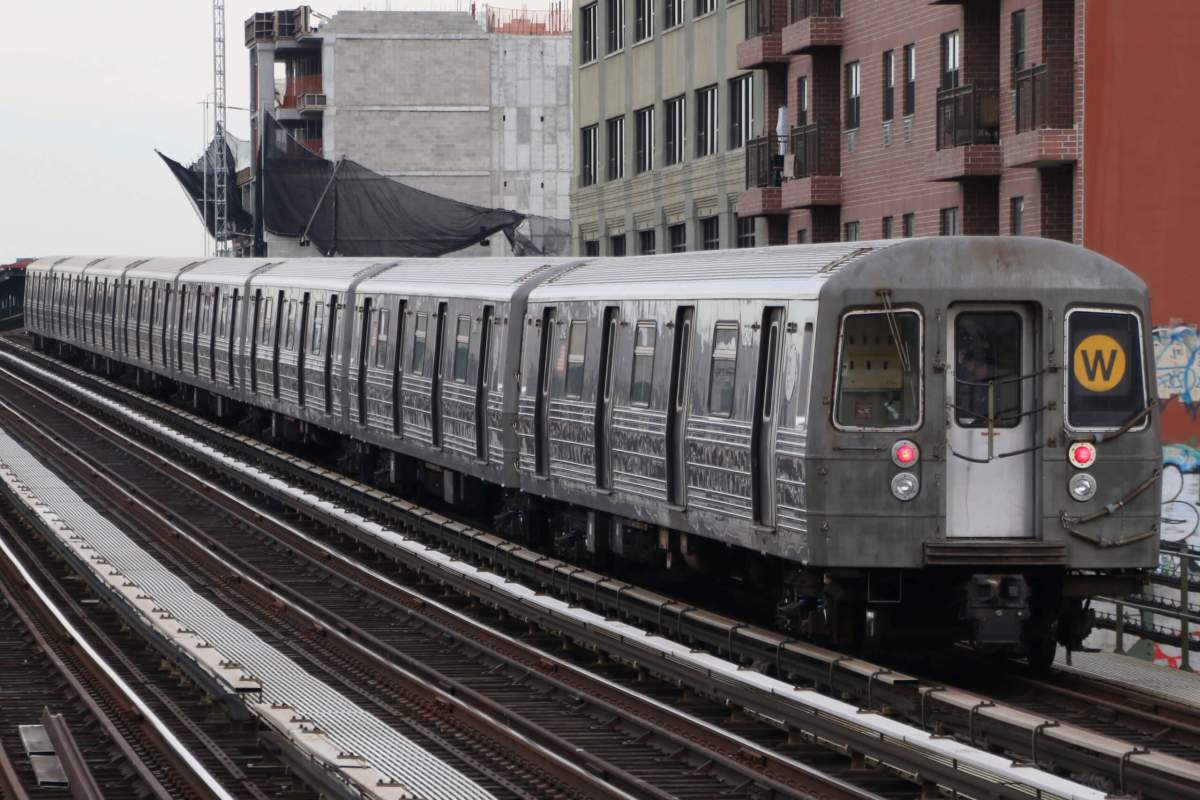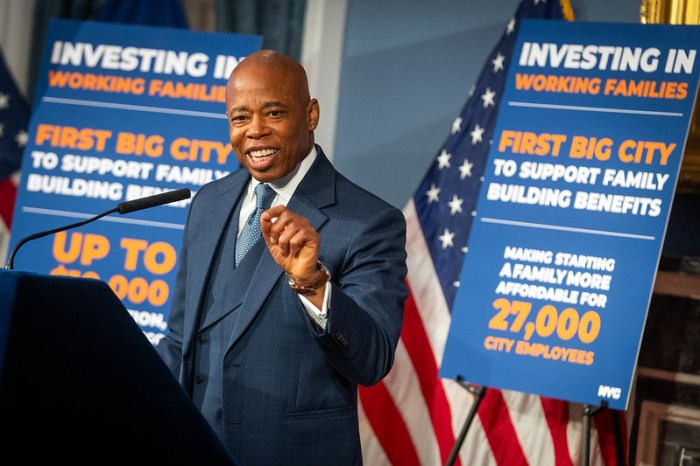MTA Chair and CEO Janno Lieber has recently begun talking about how transit equity is a priority at the MTA. This is welcome news and long overdue. Transit is often seen as one of the “great equalizers” of New York, and indeed it provides vital service to millions of New Yorkers of all races and ethnicities, and at all levels of income.
And yet deep inequalities remain in our regional transportation picture. Last year, TransitCenter released our Transit Equity Dashboard. In the New York metro area, it shows there are yawning disparities in what people can reach using the public transportation system. Using transit, white residents have access to more jobs than people of any other race or ethnicity within 45 minutes. Black residents have access to the least — just over half the access that white residents do.
These disparities reflect long-standing patterns of residential segregation and displacement, and they reflect transit provided throughout the region, such as from New Jersey Transit. However, as the largest transit agency in the region, the MTA has an ability and responsibility to address these gaps. But doesn’t currently measure the success of its projects based on whether they help close these gaps, or whether they improve life for disadvantaged New Yorkers.
You can’t manage what you don’t measure – and the MTA, despite being the largest transportation agency in North America, is among the least able to explain how its projects and operations would improve equity. Some of this can be traced to former governor Andrew Cuomo, who kept tight control over the agency’s communications and discouraged disclosure of past mistakes. A guiding principle of equity is that agencies must admit to past faults, in order to explain why change is coming.
Change begins with agency leaders declaring that racial and social equity matter, which is why Lieber’s pronouncement is so important. But announcements like this need to be quickly followed by organizational changes that bring the MTA’s internal leaders into the room. At agencies like Seattle’s King County Metro and Minneapolis-St Paul Metro Transit, internal teams that combine frontline workers, back-office staff, and senior leaders meet regularly to define equity outcomes, strategize and take action.
From these guiding principles and a commitment to measuring and closing access gaps, we’d expect to see changes in how the MTA redesigns its bus networks, sets fare policy, and prioritizes projects.
For example, the MTA is in the process of redesigning the bus networks across boroughs. While these are positive and welcome changes that we support, there has been no indication that decreasing access disparities is a guiding principle behind the redesigns. By contrast, when Boston’s MBTA announced plans to redesign and increase bus service, it said that 115,000 residents of color and 40,000 low-income households would gain access to high-frequency service as a result of the changes.
Measuring equity also means accounting for affordability. In the New York metropolitan area, the average person in poverty can reach nearly 1.6 million potential jobs in an hour. But only half of those are accessible for $5 or less. This mostly reflects the fact that Metro-North, the LIRR, and NJ Transit provide fast service to major job centers but at a prohibitively high price to riders. While the $5 freedom ticket is a welcome step, decreasing the cost of a commuter rail trip within city limits to $2.75 would unlock opportunity for millions of New Yorkers.
Improving access for marginalized New Yorkers needs to factor into how the MTA selects projects, as well. At the end of the year, the agency is expected to open Grand Central Madison, which will bring Long Island Rail Road trains to the east side of Manhattan. Grand Central Madison is one of the most expensive public transit projects ever built in the United States, but was primarily built to serve wealthier suburban commuters, while transit deserts persist in low-income neighborhoods. The next generation of investments in the transit network must be justified based on they help close the gap of inequitable service.
As the city recovers from COVID-19 and charts a more resilient, just future, it’s up to Chairman Lieber and the MTA board to accomplish what their predecessors couldn’t – moving beyond statements to put equity into practice at the MTA.
David Bragdon is executive director at TransitCenter, an independent foundation based in New York that works to improve public transit through grant-making, research, and advocacy. Maya Wiley is president and CEO of The Leadership Conference on Civil and Human Rights.

































